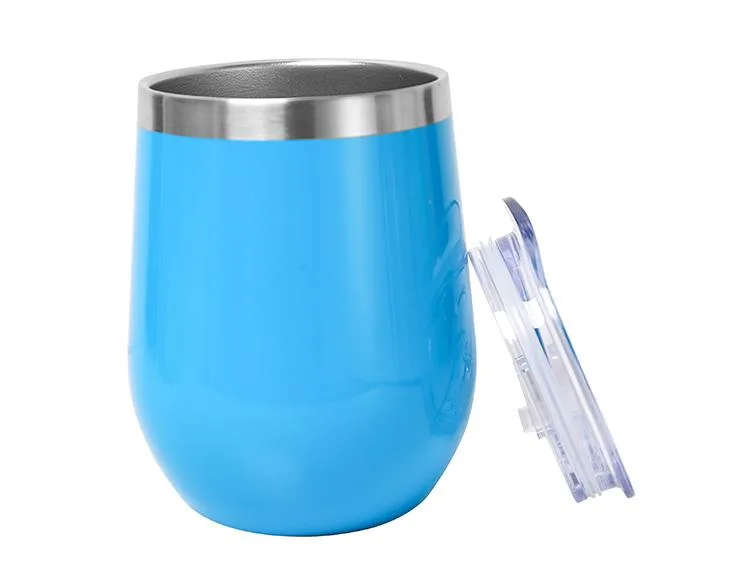Can stainless steel cups make tea?
In fact, the media have paid close attention to this topic, and some people have made a special experiment: find a new stainless steel water cup, make tea in it, cover the cup tightly, and keep it still for 72 hours. As a result, the cup was corroded. Then the expert explained that stainless steel contains chromium, which is released into tea.
Chromium is a toxic heavy metal, so we come to the conclusion that it is not toxic to make tea with stainless steel cups. This conclusion caused a great disturbance for a time. So what is the truth?
Stainless steel also rusts. The name "stainless steel" naturally makes people think that this kind of steel will not rust, but in fact, stainless steel is not rust-free, it is relatively not easy to rust.
The corrosion resistance of stainless steel mainly depends on the content of chromium. When the content of chromium in stainless steel reaches 12%, in atmosphere or oxidation environment, chromium can spontaneously form a thin passivation film to prevent further oxidation and corrosion, so it will not rust in daily use. However, corrosion may occur when acid, alkali, salt (alkaline matter has relatively weak influence on stainless steel) or passive film is destroyed.
That is to say, to corrode stainless steel, it takes a long time for strong corrosion conditions to produce visible corrosion results. Tea water is nearly neutral, and its ionic strength is very low. It is almost non-corrosive, and it is impossible to cause visible corrosion in tens of hours.
In food production, a large number of equipment are stainless steel, with higher acidity and longer time. If the naked eye can see the corrosion of tea brewing in tens of hours, those equipment will be replaced soon. The "corrosion" in the above tests is most likely to be the deposit of tea dirt on the cup.

Harm in terms of dose.
Chromium does exist in stainless steel, and it is theoretically possible for chromium to migrate into water. However, stainless steel for catering containers has national standards, which specify the amount of migration under specific conditions.
Considering the health risks of chromium (especially hexavalent chromium compounds), the migration of chromium in stainless steel utensils has been strictly regulated all over the world. According to the relevant national standards in China, the chromium migration of stainless steel vessels should not exceed 0.4 mg/m2, and the measurement method of this migration is boiling for 30 minutes in 4% acetic acid solution and then soaking for 24 hours. The pH value of 4% acetic acid solution is about 2.5. After boiling a piece of stainless steel for 30 minutes and soaking for 24 hours, the migration of chromium on the surface of each square decimeter should not exceed 0.4 mg.
Unlike acetic acid solution, tea water has very weak acidity (the pH of tea water varies according to the type and concentration, usually between 5 and 7), and has much less corrosive effect on stainless steel. Assuming that tea with a pH of 5.5 is used for such immersion experiments, it takes about 246 hours to migrate 0.4 mg of chromium, i.e. 10 consecutive days to immerse, which can only be achieved if there is no passivation film on the surface of stainless steel and the reaction takes place all the time.
In practice, tea will not boil in stainless steel cups for 30 minutes, and considering the factors of passivation film, the actual reaction rate will be slower. Therefore, as long as the stainless steel cup you use is a standard product, don't put a cup of tea too long (if you really put the tea on for several days, mildew is probably the first thing to worry about), there is no need to worry about the migration of chromium elements beyond the standard.
Food is such a complex system that it is perfectly normal to detect "harmful ingredients" with more and more advanced detection technology nowadays. But there's the same sentence: "It's hooliganism to talk about toxicity without dosage."
In reality, when food is normally filled, even if chromium precipitates, it is far from harmful. The so-called "chromium released from stainless steel cup tea is harmful to human body", from the actual data, it is untenable.

